In the realm of industrial maintenance, the early detection of overheated components is crucial for preventing equipment failure and ensuring operational efficiency. Thermal imaging cameras, also known as thermographic cameras, have become indispensable tools for this purpose. They allow technicians to spot heat anomalies that might otherwise go unnoticed, thus averting potential disasters. In this article, we'll explore how thermal cameras work, their applications in detecting overheated components, and tips for optimizing their use.
The Basics of Thermal Imaging Technology
Thermal imaging is a non-contact, non-destructive technique that uses infrared technology to detect heat emissions from objects. All objects above absolute zero emit infrared energy, which is invisible to the naked eye but can be captured by thermal cameras and converted into visible images. This technology is based on the principle that different temperatures correspond to different colors on the thermal image, allowing technicians to quickly identify hotspots.

How to Use a Thermal Camera for Overheat Detection
Using a thermal camera for detecting overheated components involves several steps:
- Inspection Preparation: Begin by understanding the normal operating temperature range of the equipment. This knowledge will help in identifying deviations that may indicate overheating.
- Equipment Setup: Adjust the thermal camera settings to suit the environment and the specific inspection needs. This may include setting the appropriate emissivity, reflective background, and temperature range.
- Data Collection: Scan the equipment to capture thermal images. Ensure that the camera is focused on the critical components that are prone to overheating.
- Analysis: Review the thermal images to spot any unusual heat patterns. Compare the current images with baseline images to detect changes over time.
-
Reporting: Document the findings using the camera's software, which often allows for annotating and saving the images for future reference.

Challenges and Misconceptions
While thermal imaging is a powerful tool, it also faces challenges such as environmental factors affecting accuracy and the common misconception that any hotspot indicates an immediate problem. It's important to consider the context and other diagnostic information when interpreting thermal images.
Incorporating thermal imaging into your maintenance routine can significantly improve your ability to spot and address overheated components before they lead to equipment failure. By following best practices and staying updated with the latest technology, you can ensure the reliability and efficiency of your industrial operations.


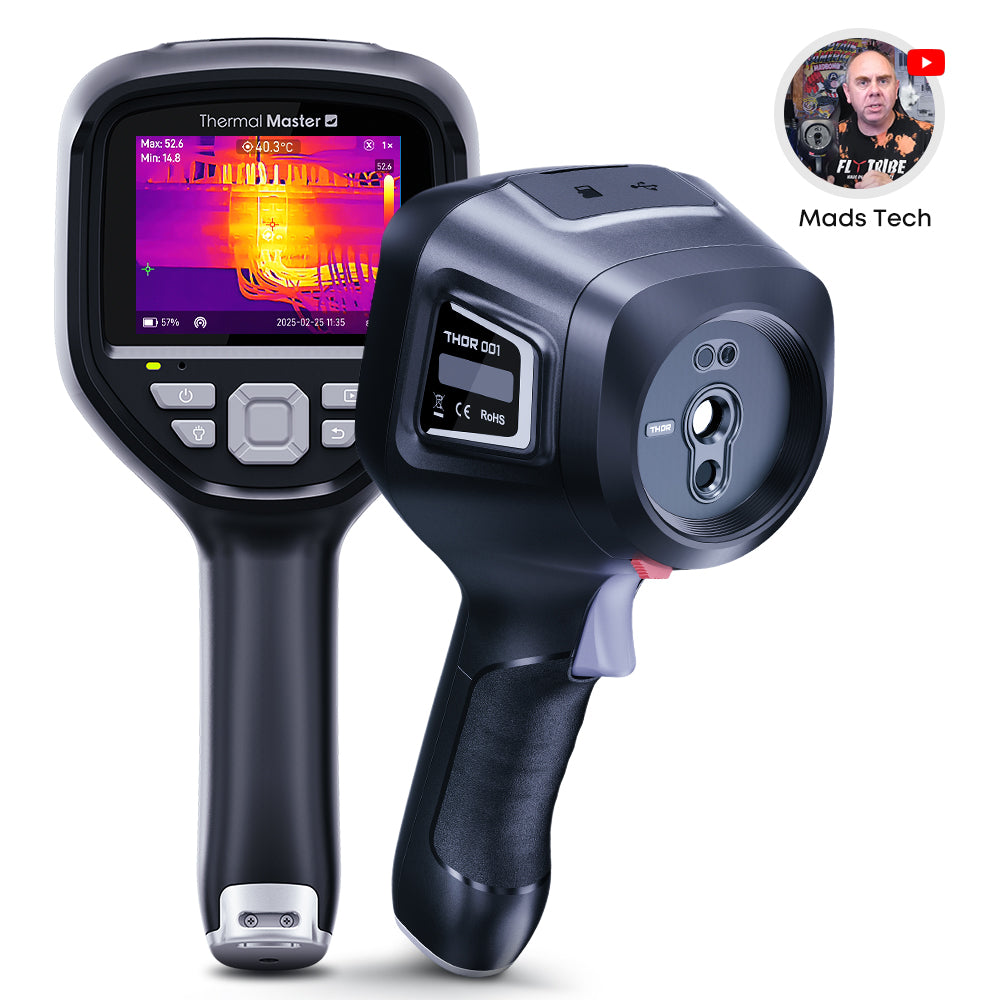

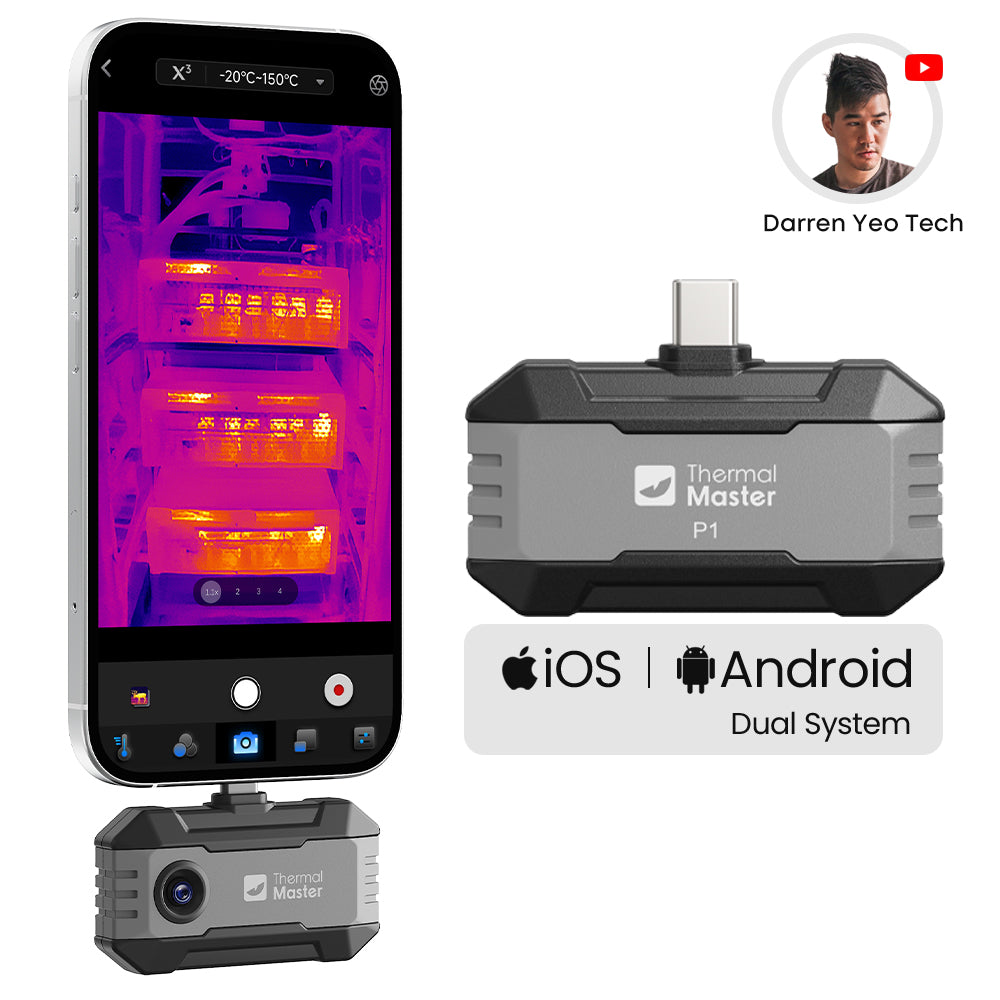
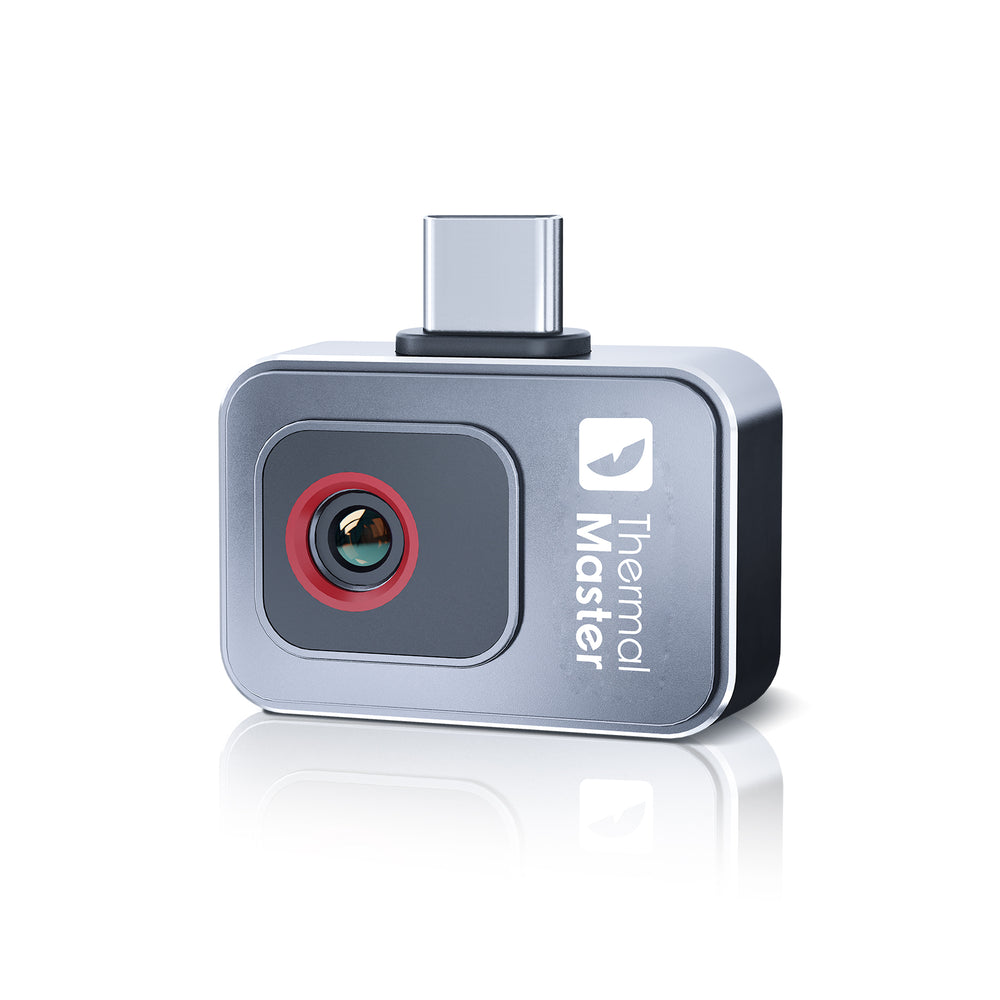
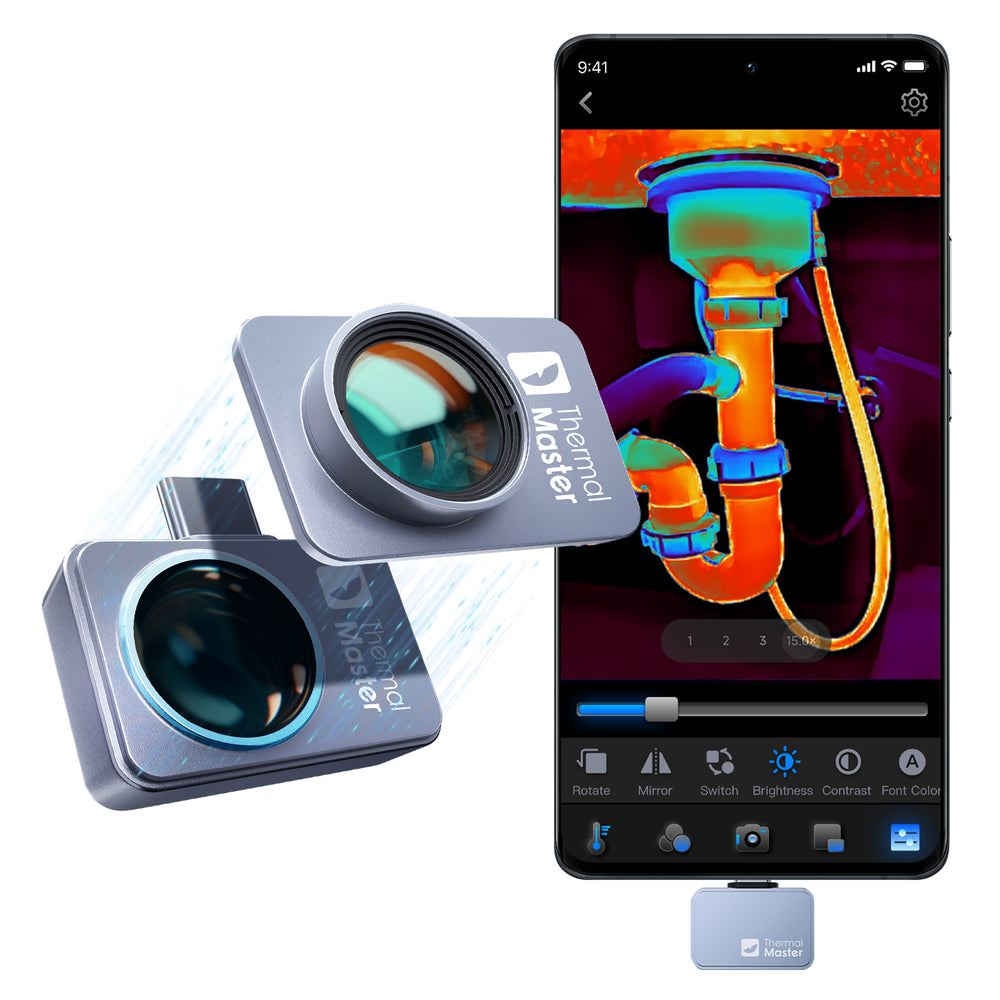
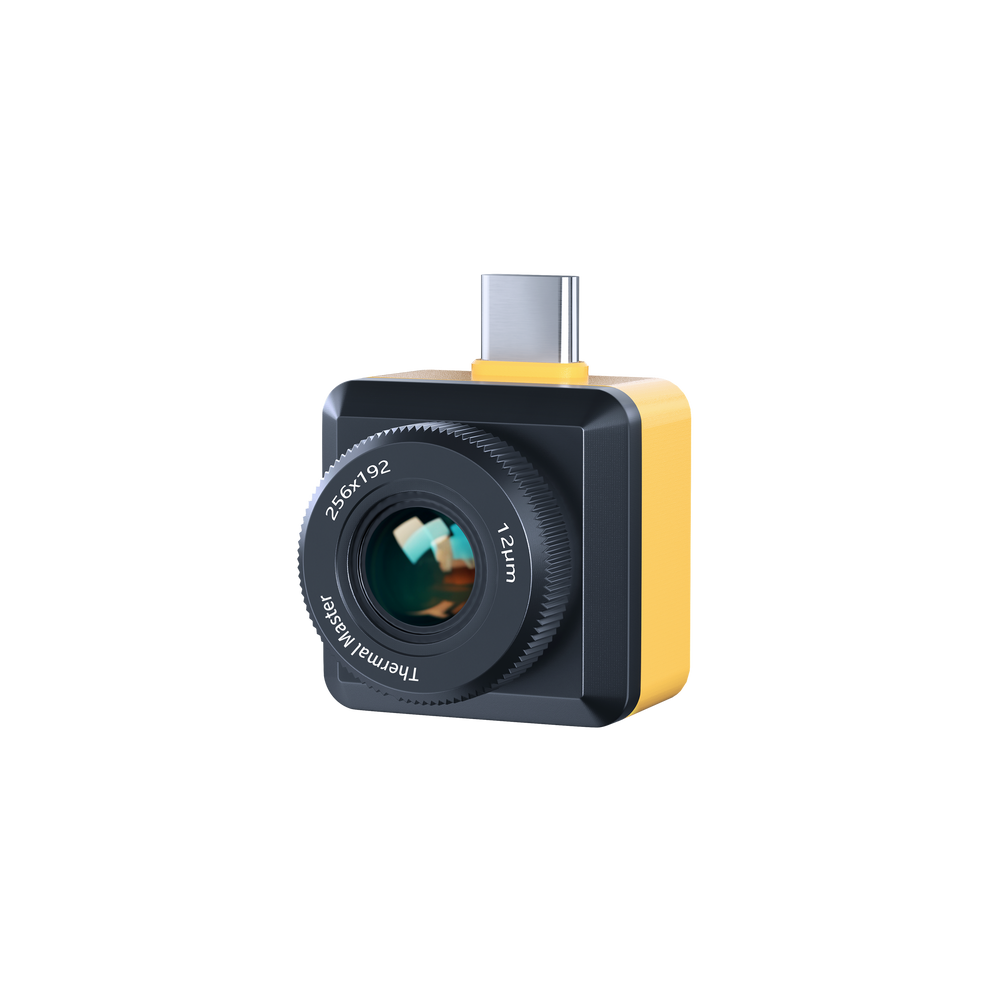
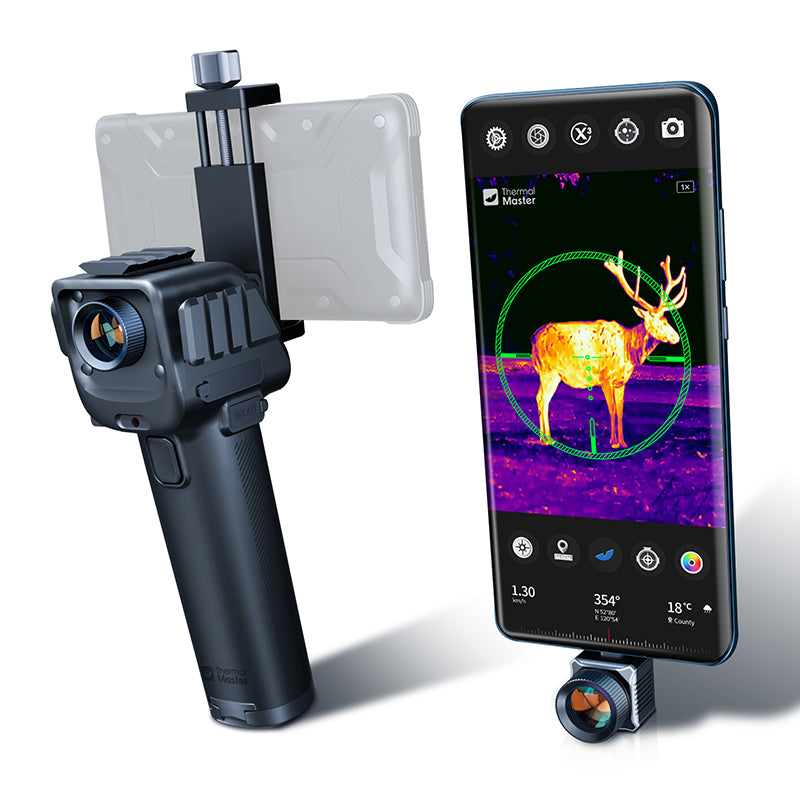
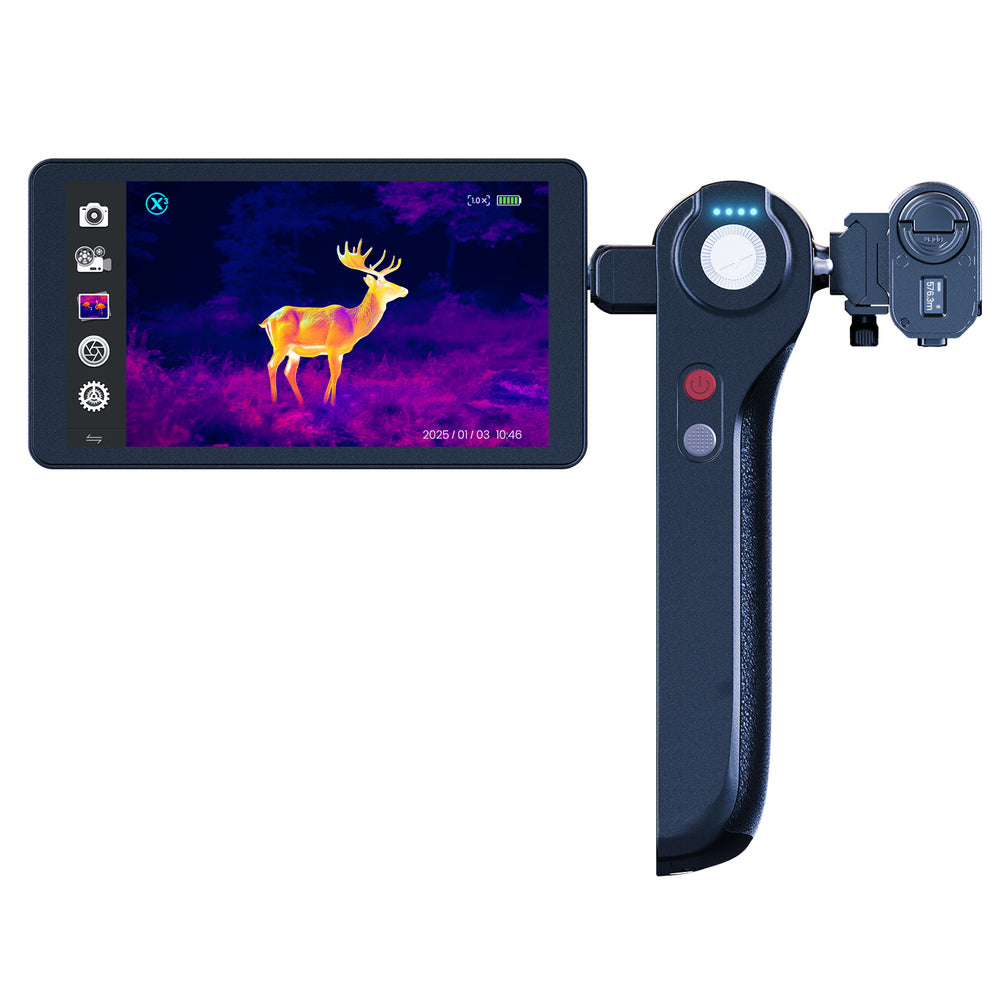
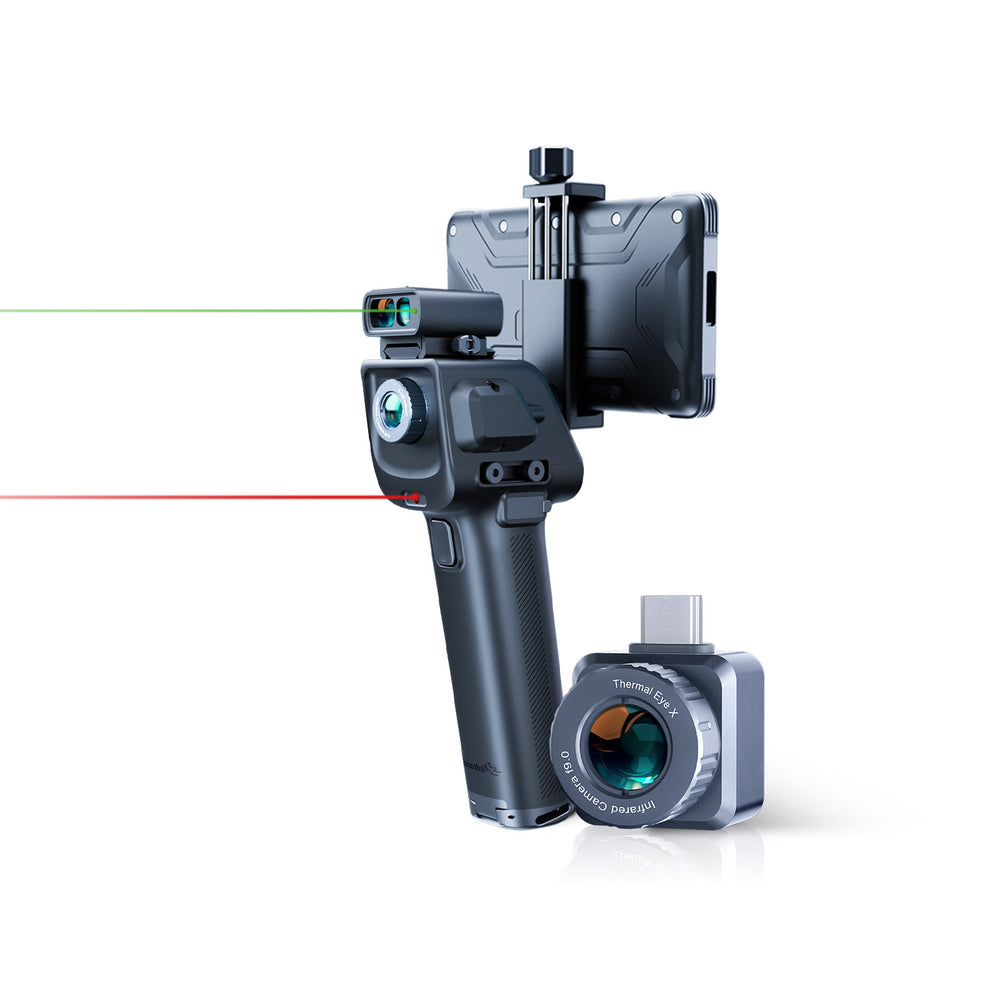
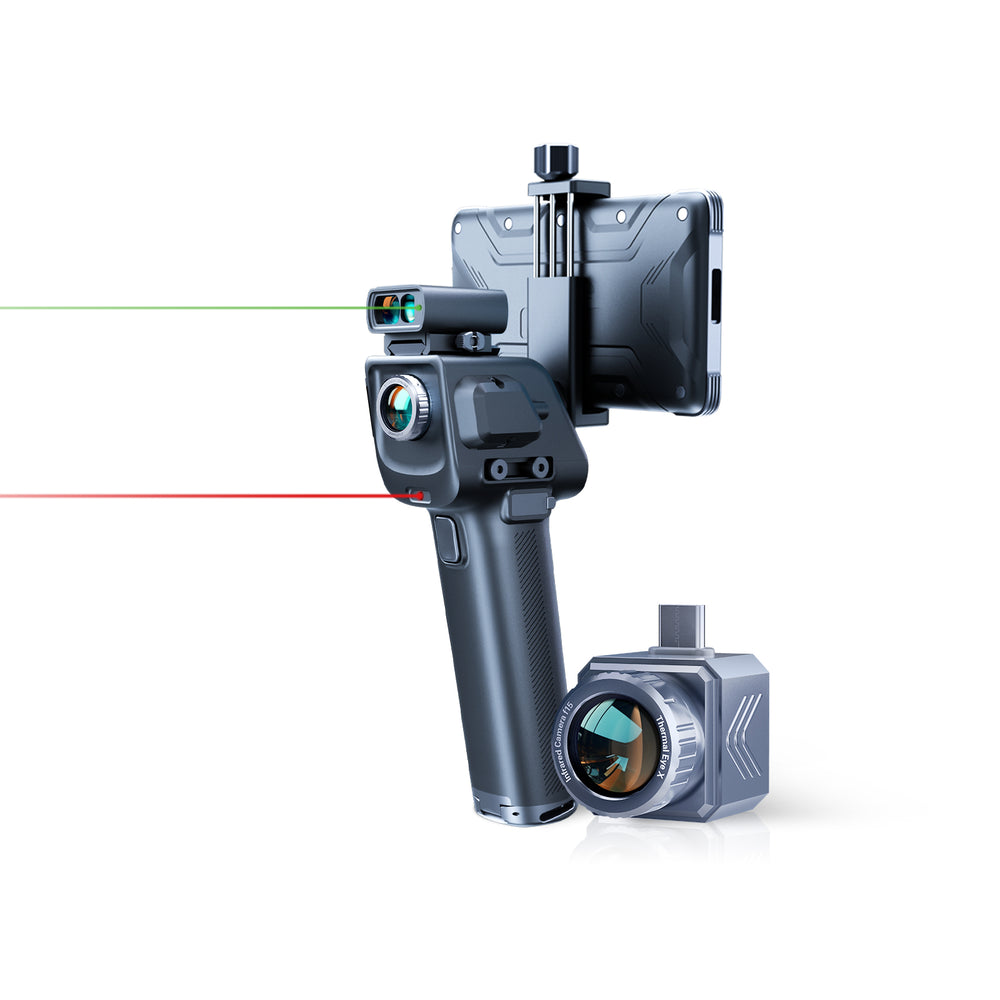
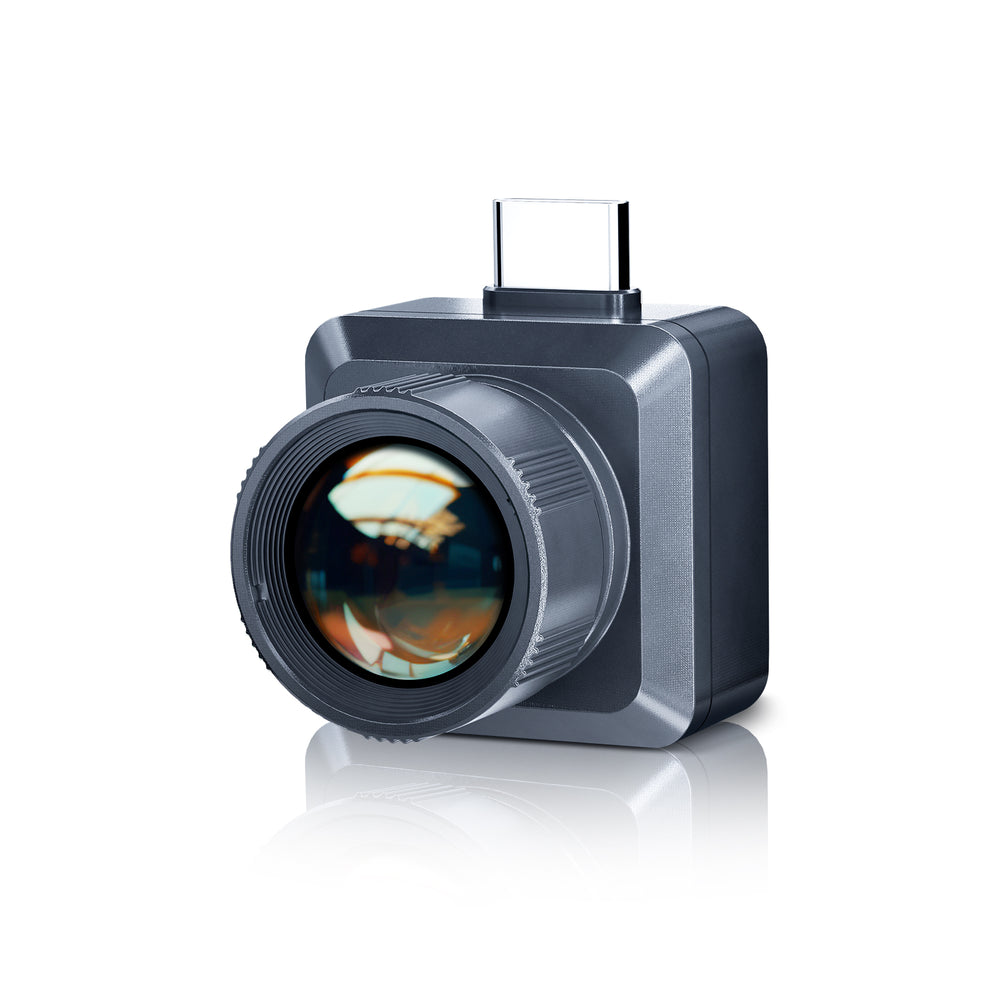
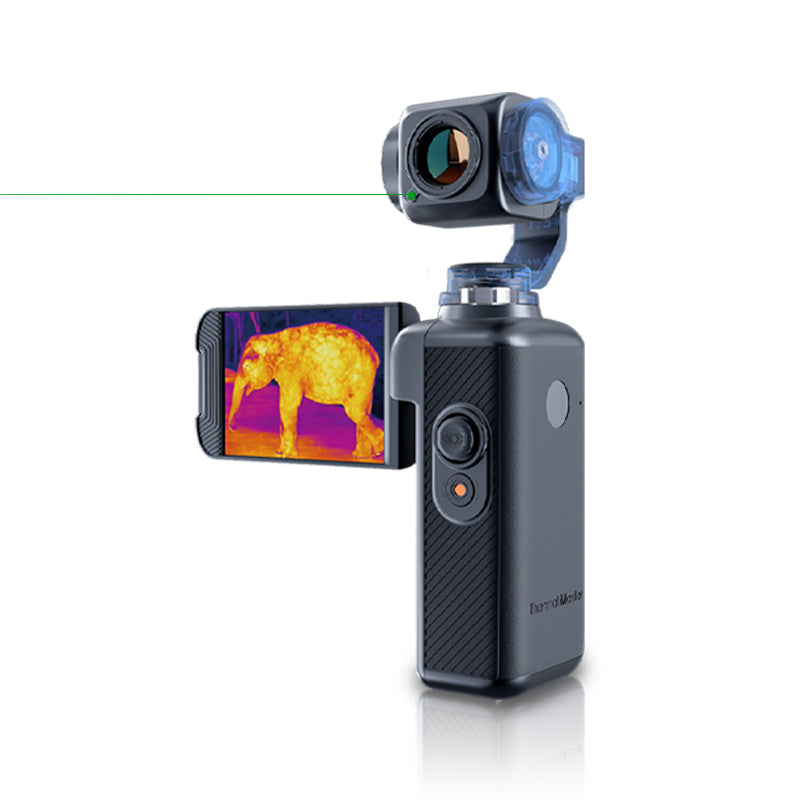
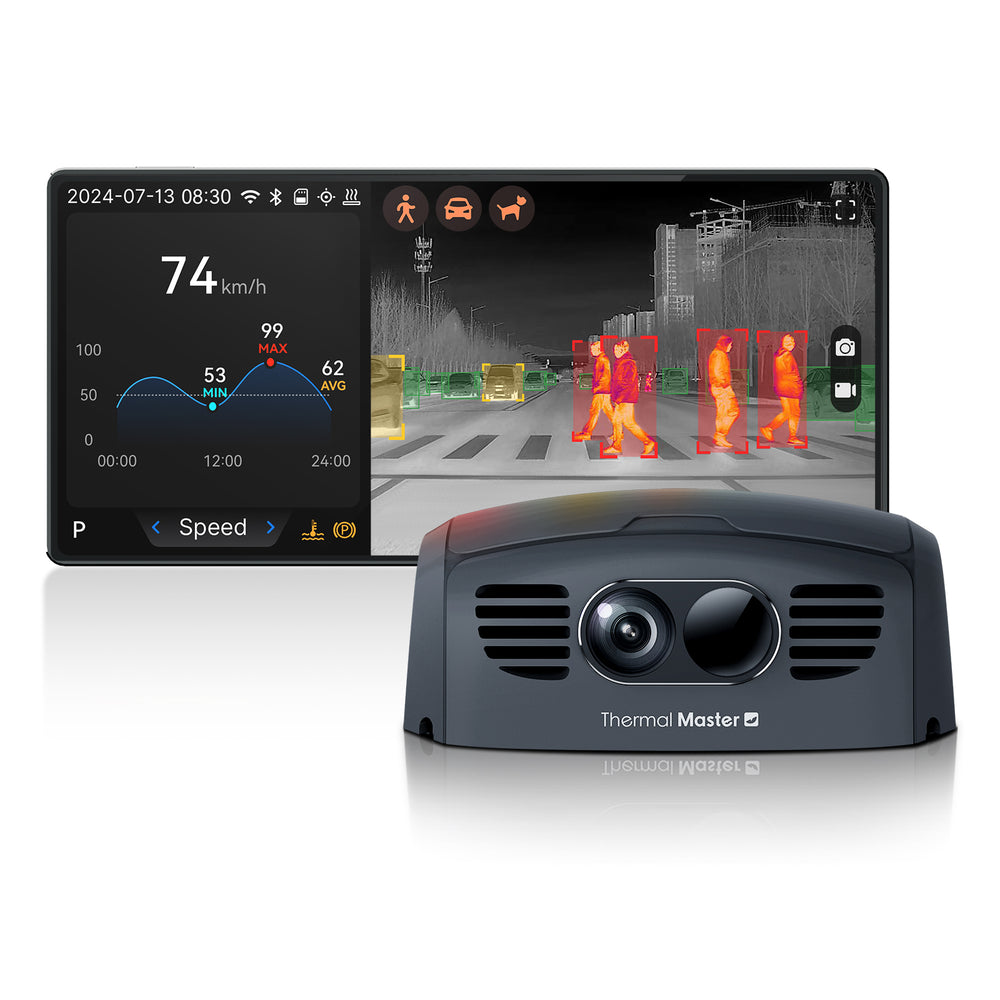
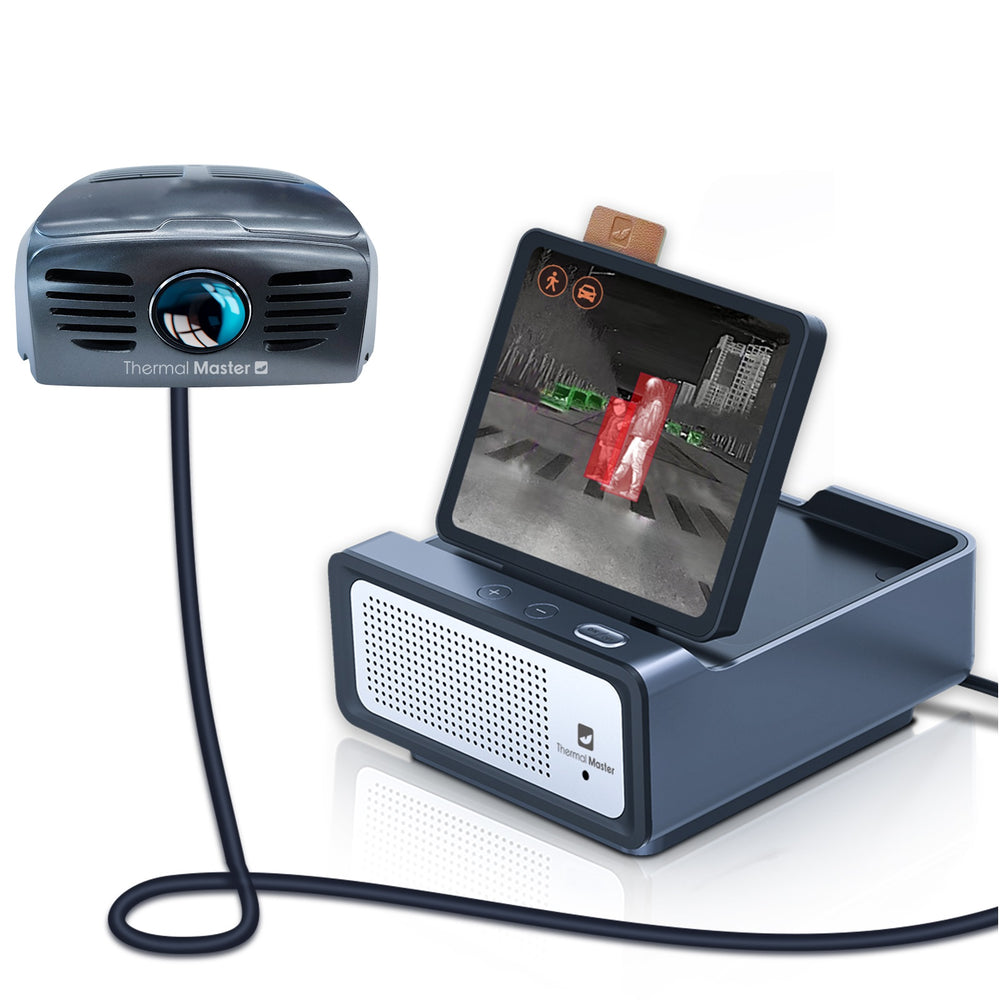
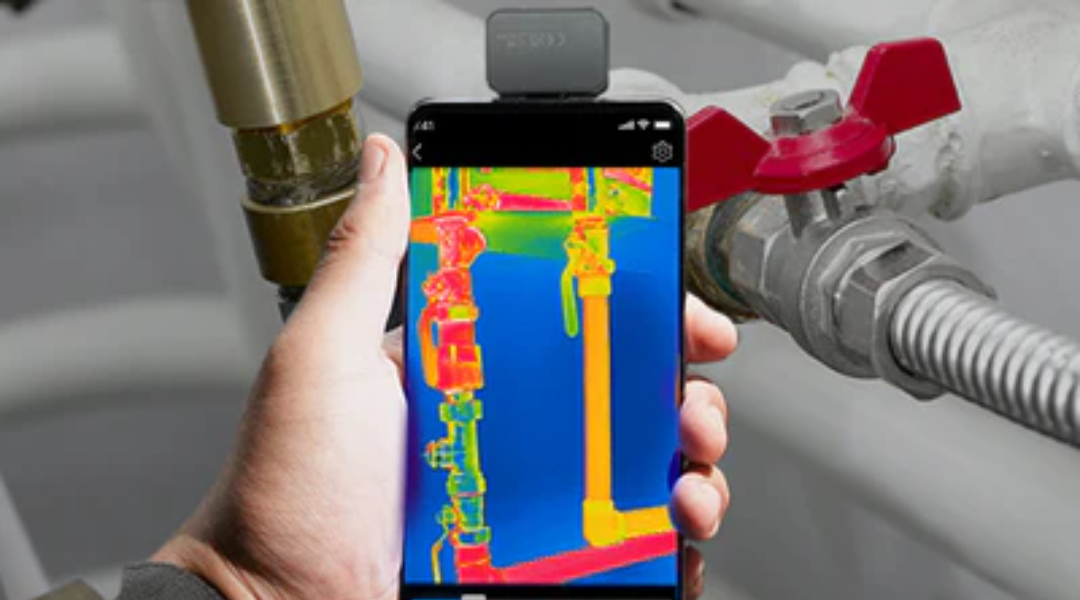
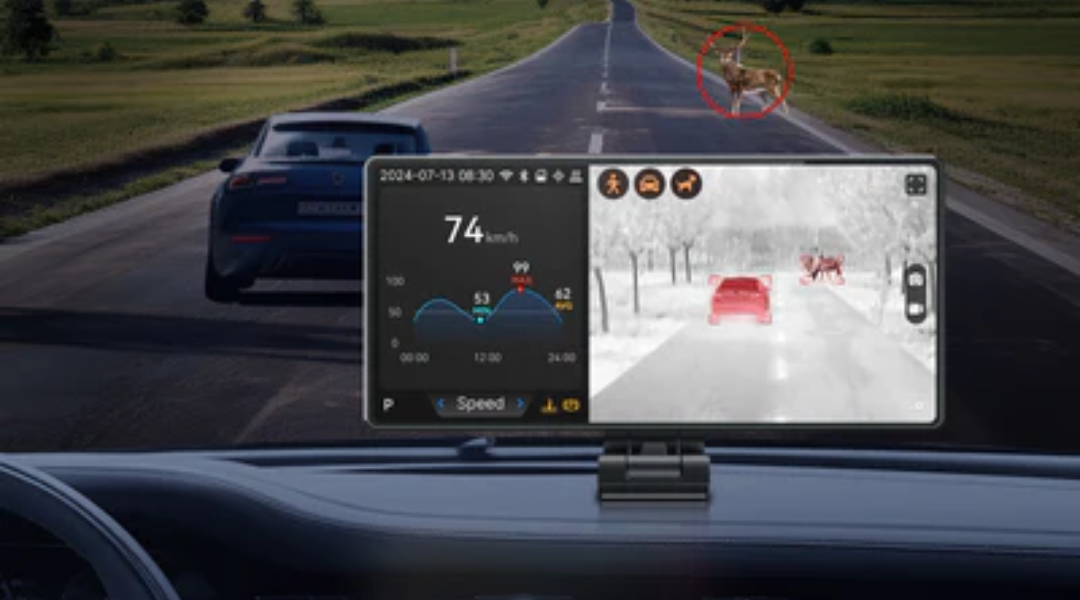

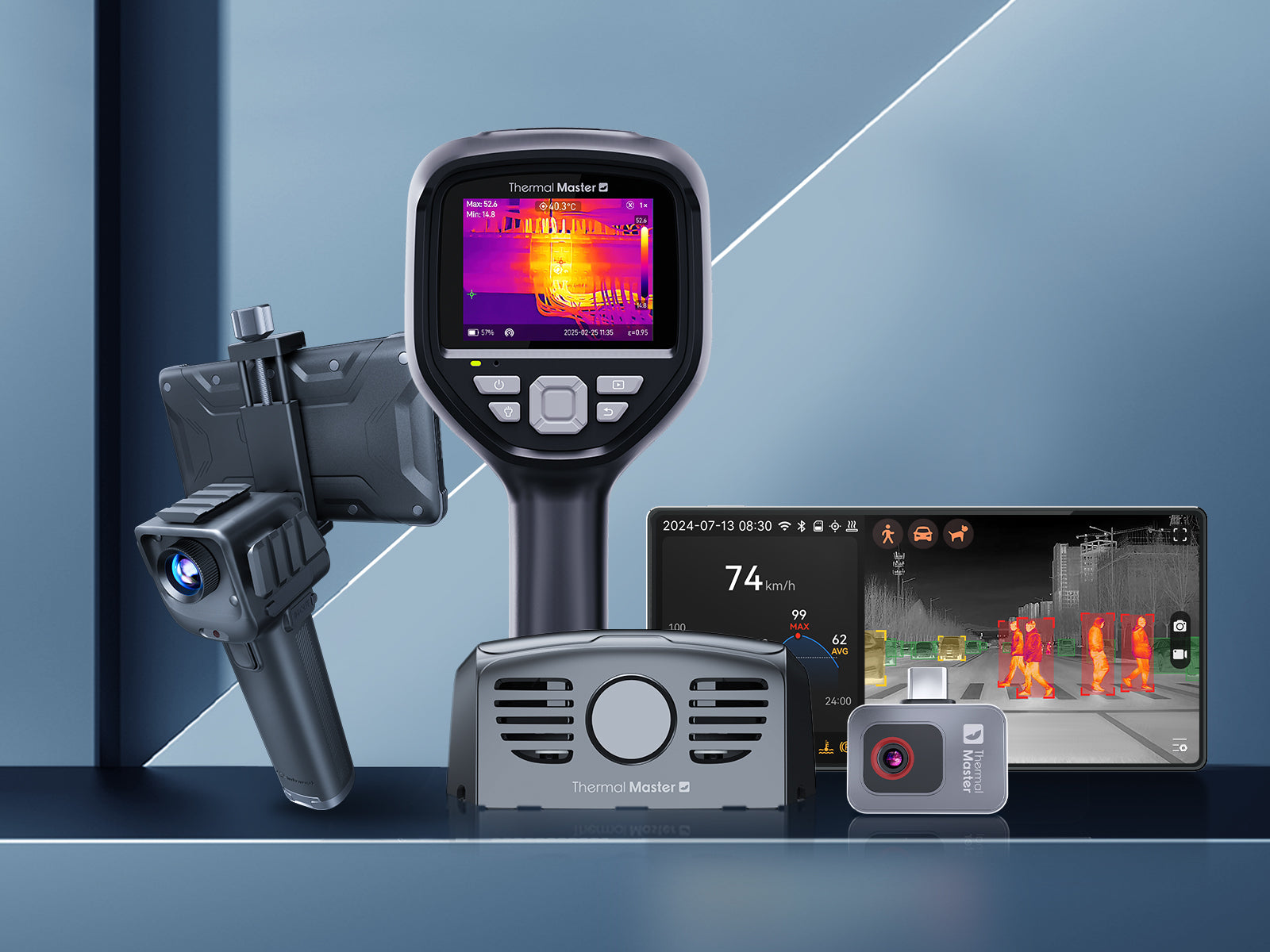
Leave a comment
All comments are moderated before being published.
This site is protected by hCaptcha and the hCaptcha Privacy Policy and Terms of Service apply.